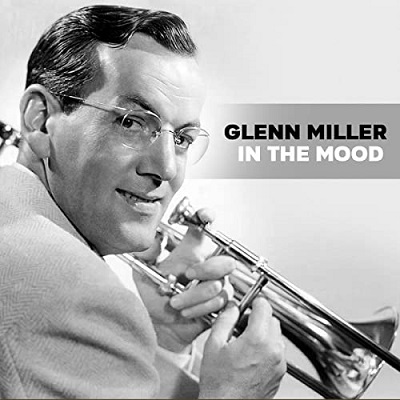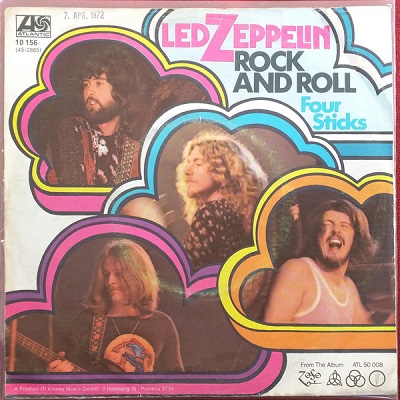
HaederleZTake
It's Still Rock 'n Roll to Me
Column by Jim Haederle (6/30/22)
Playing keyboard in my first band at the tender age of fourteen, I quickly learned the utility of mastering the “twelve-bar Blues” (aka “one-four-five”) chord progression that formed the nucleus of countless Rock 'n Roll songs.
Not that there was much to master. This fundamental sequence consists of only three chords. A descendant of early twentieth century guitar Blues, I assumed that this pattern did not go mainstream until the 1950’s, the decade that gave birth to a
musical style dubbed Rock 'n Roll.
1950’s Rock classics like Ike Turner’s “Rocket 88”, Bill Haley’s “Rock Around the Clock”, Leiber & Stoller’s “Hound Dog”, and Chuck Berry’s “Johnny B. Goode”, “Roll Over Beethoven” and “Rock 'n Roll Music” are all built upon the same one-four-five chord template. To my ears, twelve-bar Blues (and its slower-tempoed cousin, the one-six-four-five sequence) was the sound of the 50’s.
But my affinity for the popular music of the late 1930’s to mid-1940’s--borne of my fascination with Frank Sinatra’s early career--yielded a revelation: Big Band leader Glenn Miller‘s 1939 hit “In The Mood” utilizes the exact same chord pattern that shores up “Johnny B. Good”, “Rock Around The Clock” and, yes, even Led Zeppelin’s 1971 classic, “Rock and Roll.”
“In The Mood “ is an instrumental, but you can sing the lyrics to “Johnny B. Goode” or “Rock Around The Clock” right along with it. And though there’s no electric guitar, it does use drums, bass, and the three-chord structure that would, a little
over a decade later, be known as Rock 'n Roll.
So I began to regard “In The Mood” and other Big Band songs using the twelve-bar Blues form (like 1941’s “Boogie Woogie Bugle Boy” and 1945’s “Caldonia”) as embryonic rock songs, only arranged with horns and saxes instead of electric
guitars. But if 1950’s rock music was derived from early-century Blues, how did this chord pattern find its way into 1930’s Big Band music?
Some quick Wikipedia research provided an answer. I learned that the first popular use of this sequence was actually a jazz instrumental called “Tar Paper Stomp”, composed in 1929 by New Orleans trumpeter Wingy Manone. Ten years later,
saxophonist Joe Garland appropriated (virtually note-for-note) the main instrumental theme from Manone’s 1930 recording of “Tar Paper Stomp” and offered it up to Glen Miller as “In The Mood”.
Manone’s composition was not properly copyrighted; he’d failed to submit the requisite written score to the copyright office. So Garland’s renamed and retooled version of the Manone tune became far better known as “In The Mood”. To me,
though, “Tar Paper Stomp” offers the first tantalizing glimpse of the genre we would come to know as Rock 'n Roll.
From its 1930 emergence in “Tar Paper Stomp” to Led Zeppelin’s 1971 quasi-nostalgic “Rock and Roll”, the essential structure of the twelve-bar Blues has stood the test of time.
A rose by any other name would smell as sweet and, no matter how far back the one-four-five goes in pop music lineage, it’s still Rock 'n Roll to me.
YouTube - "In the Mood" - Glenn Miller
YouTube - "Rock and Roll" - Led Zeppelin
Jim Haederle is a father, freelance writer, songwriter, singer/keyboardist with "The Force," actor, cartoonist, presidential history buff, and can name every James Bond movie in chronological order.
©2022 Roger Zee




